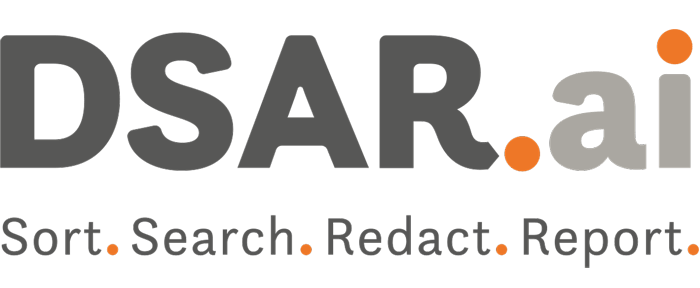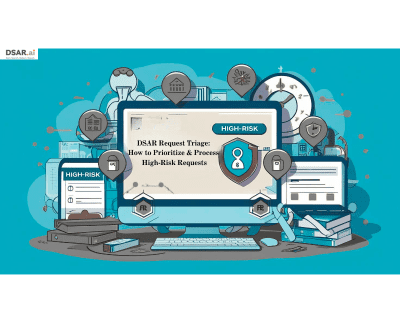DSAR Request Triage: How to Prioritize & Process High-Risk Requests
Data Subject Access Requests (DSARs) are no longer just an administrative task—they’re a compliance risk and an operational challenge. Under the UK GDPR, organizations must respond to DSARs within one month. With request volumes rising and sensitive data often involved, organizations need a smarter way to triage, prioritize, and process DSARs efficiently.
This is where DSAR.ai makes a difference.
Data Subject Access Requests (DSARs) are no longer just an administrative task—they’re a compliance risk and an operational challenge. Under the UK GDPR, organizations must respond to DSARs within one month. With request volumes rising and sensitive data often involved, organizations need a smarter way to triage, prioritize, and process DSARs efficiently.
This is where DSAR.ai makes a difference.
Why DSAR Triage Matters
Not all DSARs carry the same level of complexity or risk. A simple account history request is very different from one involving special category data, or where data from multiple departments must be consolidated. Without triage, compliance teams often waste resources treating every request the same.
A triage process powered by automation helps you:
-
Identify high-risk requests early so they don’t slip through the cracks.
-
Allocate resources based on complexity instead of first-come-first-serve.
-
Cut manual errors that often appear when requests span multiple systems.
-
Stay audit-ready with a transparent trail of all triage decisions.
Key Steps to Effective DSAR Triage
1. Intake & Initial Review
Every request entering DSAR.ai is automatically logged and checked for completeness. If a request is vague, the platform generates a clarification template for you to respond quickly.
2. Automated Risk Categorization
Using AI-driven classification, DSAR.ai flags risk indicators such as:
-
Mentions of sensitive categories (health, financial, HR data).
-
Third-party references that may require redaction.
-
Requests spanning multiple systems or data sources.
This means your team doesn’t waste hours manually scanning each request to decide where it falls.
3. Priority Assignment & Workflow Routing
Based on the risk level, DSAR.ai automatically:
-
Tags the request as Low, Medium, or High Risk.
-
Routes it to the right internal owner (compliance, legal, HR, IT).
-
Generates custom response timelines so teams know exactly what’s urgent.
4. Escalation Made Simple
For high-risk DSARs, the platform has built-in escalation protocols:
-
Notify the DPO or legal team automatically.
-
Trigger redaction workflows for third-party or sensitive data.
-
Lock down sensitive files with restricted access so only approved reviewers can handle them.
5. Monitoring & Continuous Improvement
DSAR.ai provides real-time dashboards to track:
-
Average resolution time by risk level.
-
Bottlenecks across departments.
-
Compliance status vs. GDPR deadlines.
With every request processed, the AI learns and improves risk scoring—making triage even faster over time.
Why DSAR.ai Is Built for Triage
Unlike generic workflow tools, DSAR.ai was designed specifically for data subject access compliance. Organizations using DSAR.ai:
-
Cut triage time from hours to minutes.
-
Eliminate manual spreadsheets and inbox chaos.
-
Stay confident in audit trails that capture every triage decision.
-
Give compliance teams back time to focus on complex cases, not repetitive admin.
Conclusion & Call to Action
Effective triage is not just a “nice-to-have”—it’s the foundation of scalable, compliant DSAR management. By automating intake, risk classification, routing, and monitoring, DSAR.ai makes triage effortless and reliable.
Contact DSAR.ai today and see how our intelligent triage can help your team process requests faster, reduce risk, and stay ahead of compliance obligations.
 020 8004 8625
020 8004 8625

